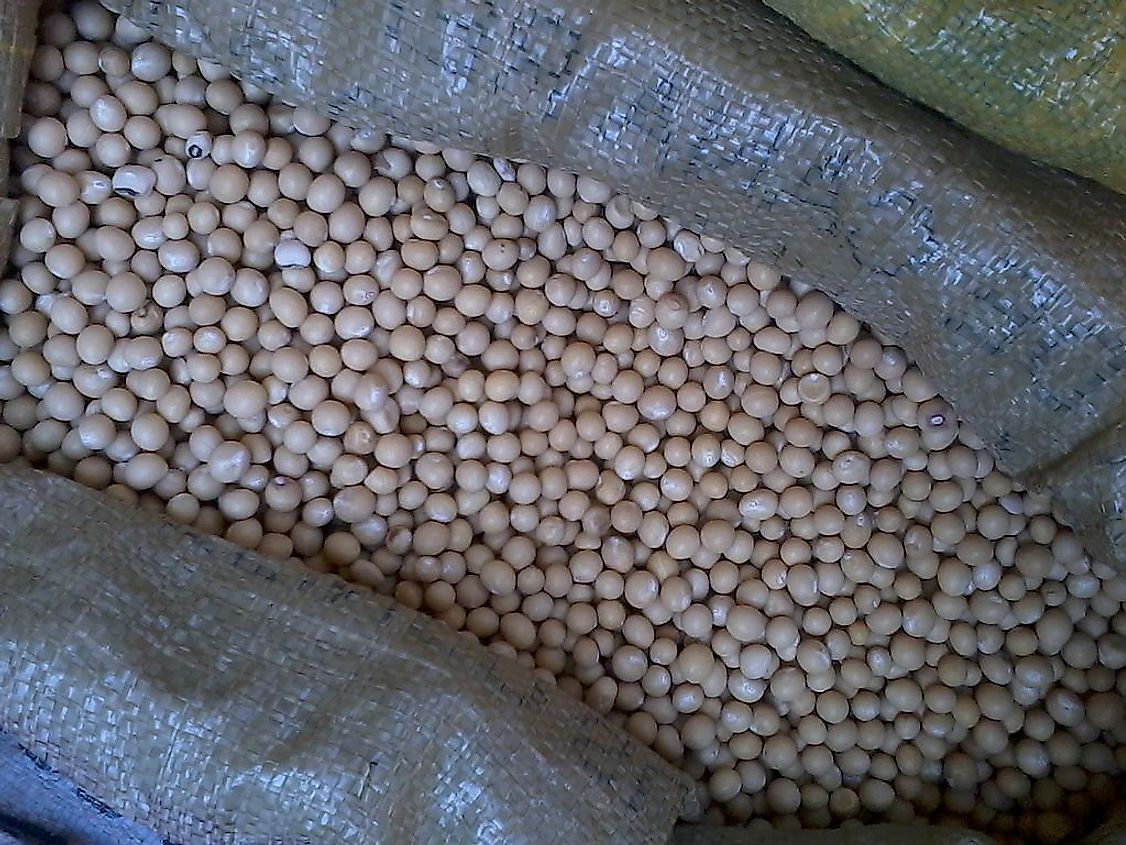Top Bambara-bean Producing Countries In The World

The Bambara-bean or the Vigna subterranean is a plant belonging to the family Fabaceae. The plant traces its origin to West Africa and is grown in many countries in the continent, mainly in the warm tropics of sub-Saharan Africa. The pods of the plant which ripen underground can be boiled after drying or eaten fresh.
The Importance Of Bambara-beans
The crop is semi-arid-Africa’s third most important grain legume. The crop has a high nutritive value with 18% protein and 65% carbohydrate content. Food and beverage are produced using the seeds of the plant which are high in protein content and good for the digestive system. The legume also improves the quality of the soil as it fixes nitrogen like other legumes. The nuts of the bambara-beans are consumed as a snack, salted or roasted. The nuts are also used in meals and consumed in a boiled form. In Nigeria, the dried bambara beans are used to make a type of cakey pudding that is called the "okpa”, and is one of Enugu’s most delectable dishes.
Cultivation Of Bambara-beans
The plant is resistant to high temperatures and grows well even in marginal soils not suitable for the growth of other leguminous crops. It is less prone to harvest failure since it even grows in regions of low or unpredictable rainfall. Well-drained, sandy soils are best for the growth of bambara-beans. The ideal soil requirements of this plant include a soil depth of 50 to 100 cm, soil pH of 5 to 6.5, and low soil fertility. Optimal climate requirements demand a subtropical dry or tropical wet and dry climate, temperatures between 19 °C and 30 °C, and 750 mm to 1400 mm of annual rainfall. The bambara-beans can be cultivated as a single crop or an intercrop. Fertilizer requirement is almost nil. 90 to 170 days is the growth cycle for this crop.
Production Of Bambara-beans
Over the years, the production of bambara-beans has significantly improved and undergone a leap from 79,155 tons in 1972 to 29,800 tons in 2015. With a production of 56,555 tons, Burkina Faso is the leading producer of Bambara beans in the world. Cameroon and Niger follow close behind with a production of 36,639 and 32,784, respectively.
Top Bambara-bean Producing Countries In The World
| Rank | Country | Production Value (in tons), 2013 |
|---|---|---|
| 1 | Burkina Faso | 56,555 |
| 2 | Cameroon | 36,639 |
| 3 | Niger | 32,784 |
| 4 | Mali | 20,939 |
| 5 | Democratic Republic of the Congo | 10,436 |











